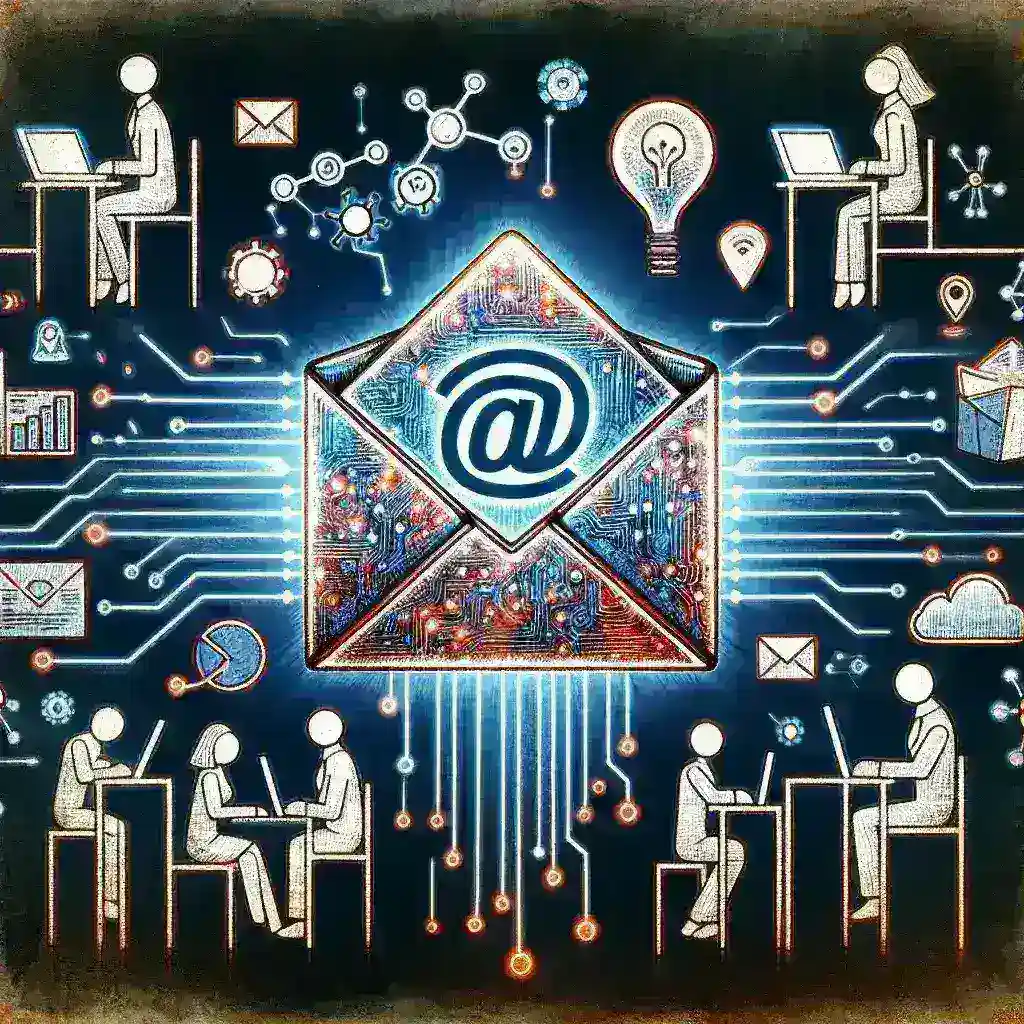Introduction
In the fast-paced world of enterprise communication, companies are continually seeking innovative solutions to enhance productivity and streamline workflows. One such solution gaining traction is the integration of artificial intelligence (AI) into communication platforms. Slack, a leader in team collaboration tools, is set to revolutionize how U.S. enterprise customers manage their emails with its latest feature – AI email summarization. This article explores the implications of this integration, its benefits, challenges, and what the future holds for enterprise communication.
Understanding AI Email Summarization
AI email summarization involves using machine learning algorithms to analyze email content and generate concise summaries. This technology allows users to quickly grasp the essence of lengthy email threads without having to sift through every message individually.
How It Works
By employing natural language processing (NLP) techniques, AI algorithms can extract key points, deadlines, and action items from emails. The system learns from user interactions, improving its summarization abilities over time to provide more accurate and relevant summaries based on individual preferences.
Historical Context
The move to integrate AI summarization into Slack’s platform reflects a broader trend in enterprise software development. Over the past few years, businesses have increasingly adopted AI tools to manage vast amounts of communication data. The rise of remote work, accelerated by global events, has further emphasized the need for efficient communication solutions.
Benefits of AI Email Summarization
Integrating AI email summarization into Slack offers several advantages for U.S. enterprise customers:
- Increased Efficiency: Employees can quickly understand the core messages of emails, reducing the time spent on reading lengthy correspondence.
- Enhanced Collaboration: Teams can stay aligned and informed, as summaries can be shared easily within Slack channels.
- Reduced Email Overload: With AI-powered summaries, employees can prioritize their focus on actionable items rather than getting bogged down by information overload.
- Improved Decision Making: Quick access to summarized information allows teams to make informed decisions swiftly.
Challenges and Considerations
While the benefits are compelling, the integration of AI email summarization also presents challenges that need to be addressed:
Data Privacy Concerns
With AI processing sensitive communication, concerns regarding data security and privacy are paramount. Organizations must ensure that their data is protected and comply with regulations such as GDPR.
Accuracy of Summarization
AI technology is not without its limitations. The accuracy of email summaries can vary, potentially leading to misunderstandings if critical information is missed or misrepresented.
User Acceptance
Employees may be hesitant to adopt new technology, particularly if they are accustomed to traditional email management practices. Training and support will be essential to ease this transition.
Future Predictions for AI in Enterprise Communication
The future of AI integration in enterprise communication looks promising. As AI technology continues to evolve, we can expect:
- Personalized Experiences: AI will increasingly tailor summaries based on individual user preferences, learning from their email interaction patterns.
- Integration with Other Tools: Seamless integration with other enterprise software will enhance workflow automation and increase overall productivity.
- Advanced Analytics: Organizations will gain deeper insights into communication patterns, helping to inform business strategies.
Real-World Examples
Several organizations have successfully piloted AI email summarization:
Case Study: Tech Innovators Inc.
Tech Innovators Inc., a leading software development company, implemented Slack’s AI email summarization feature to tackle their email overload problem. As a result, project managers reported a 30% increase in time spent on productive tasks. Moreover, teams experienced improved communication, as critical updates were shared promptly within Slack channels.
Conclusion
Slack’s integration of AI email summarization stands as a testament to the ongoing evolution of workplace communication. For U.S. enterprise customers, the benefits of enhanced efficiency, collaboration, and decision-making hold significant promise. However, organizations must remain vigilant about data privacy, accuracy, and user acceptance as they adopt this innovative technology. As we look toward the future, AI’s role in enterprise communication is poised for growth, paving the way for a more streamlined and productive workplace.







